How to Extend the Service Life of Inert Ceramic Balls
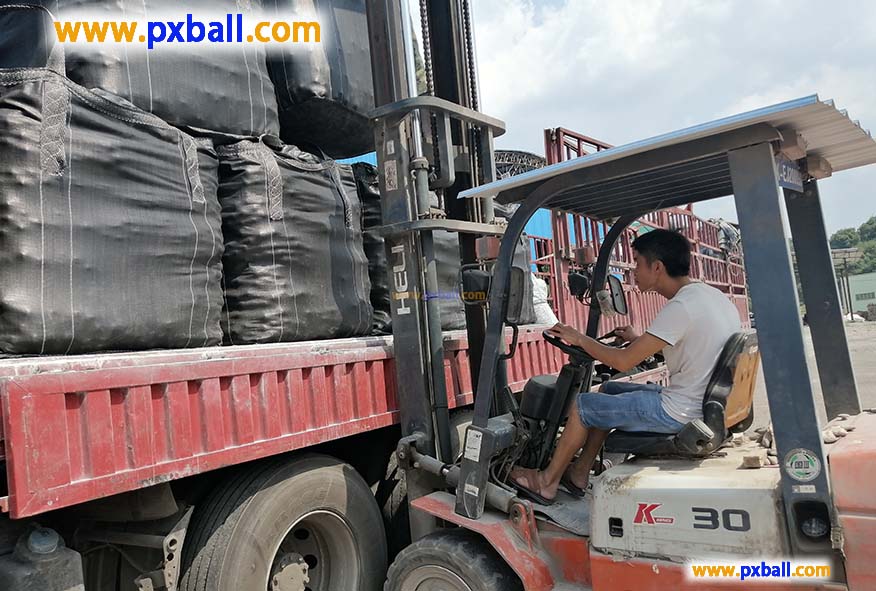
One: Reasonable selection and use
Choose the type according to the application scenario:
In different industrial fields and application environments, the performance requirements for inert alumina ceramic balls are different. For example, in the high-temperature and high-pressure reactors in the petrochemical industry, high-alumina content, high-temperature resistance, and high compressive strength ceramic balls should be selected; while in some environments with high requirements for corrosion resistance, such as the fertilizer industry or environmental protection waste gas and wastewater treatment devices, ceramic balls with good acid and alkali resistance should be selected. By accurately matching the needs of the application scenario to select the appropriate type of ceramic balls, the source of the problem can be addressed to ensure that they can play a better role in specific environments and reduce the premature damage caused by performance mismatch.
Consider the process conditions, such as temperature, pressure, and fluid properties. If the temperature fluctuates greatly in the application environment, ceramic balls with good thermal shock resistance should be selected to avoid cracking or breaking of the ceramic balls due to frequent temperature changes. For high-pressure occasions, ceramic balls with high compressive strength should be selected to ensure that they do not deform or damage under high pressure. At the same time, according to the properties of the fluid, such as corrosiveness and viscosity, ceramic balls that can adapt to these characteristics should be selected, such as selecting ceramic balls with strong corrosion resistance in the process of handling highly corrosive liquids.
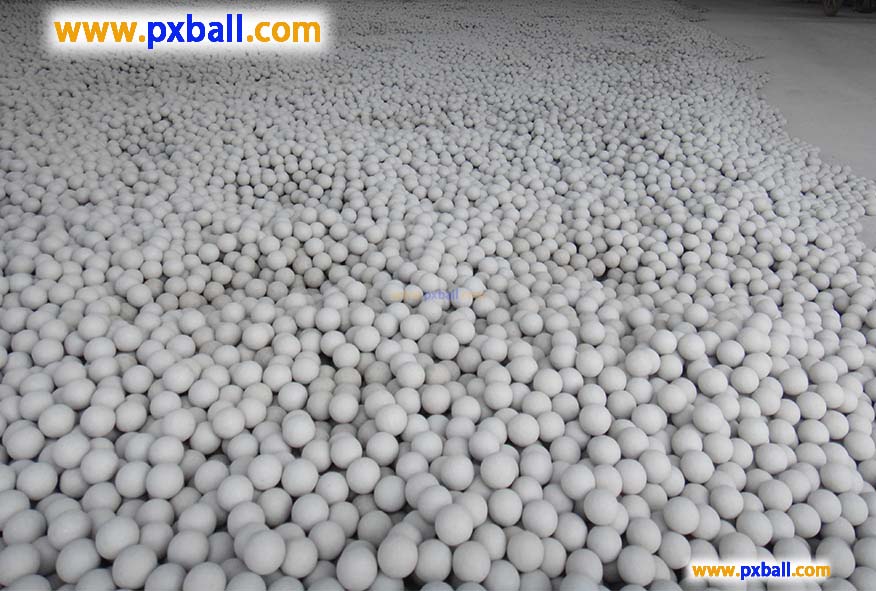
II. Proper Installation and Filling:
When installing inert alumina ceramic balls, strict adherence to operating procedures is required to ensure a uniform and tight filling. Avoid localized high or low accumulation, as this can lead to uneven stress during operation and result in ceramic ball breakage or wear. During filling, a layered filling method can be used, and proper compaction should be performed after each layer to ensure tight contact between the ceramic balls and improve overall stability.
Pay attention to the filling height and density, and adjust them reasonably according to the equipment requirements and process conditions. Filling the ceramic balls too high may result in excessive pressure on the balls during equipment operation, increasing the risk of breakage. On the other hand, filling the ceramic balls too loosely may affect their support effect for the catalyst or fluid distribution effect. In general, the optimal filling height and density should be determined based on the design parameters and process requirements of the equipment through calculation and experimentation.
III. Optimize operating environment, control temperature and pressure:
Keep the temperature and pressure in the application environment within the tolerance range of inert alumina ceramic balls. For high-temperature environments, effective insulation measures should be taken to prevent the ceramic balls from being exposed to high temperatures for a long time, which may cause a decline in their performance or structural damage. For example, an insulation layer can be added to the outside of the equipment to reduce heat transfer to the ceramic balls. Meanwhile, closely monitor temperature changes to avoid sudden temperature fluctuations, as sudden temperature changes may cause thermal stress on the ceramic balls, thereby reducing their service life.
In terms of pressure, ensure that the operating pressure of the equipment does not exceed the compressive strength of the ceramic balls. A pressure monitoring device can be installed to monitor pressure changes in real time. If an abnormal increase in pressure is detected, measures should be taken in a timely manner to adjust, such as adjusting process parameters and checking whether the equipment is blocked.
Prevent chemical corrosion:
IV. Daily Maintenance and Management
Regular Inspection and Cleaning:
Develop a regular inspection plan to inspect the appearance and performance of inert alumina ceramic balls. The appearance inspection mainly includes observing whether there are cracks, breakage, wear and tear on the surface of the ceramic balls, and whether the color is uniform. The performance test can be conducted through sample testing to measure the compressive strength, water absorption rate, acid and alkali resistance of the ceramic balls, and compare them with the initial performance to determine whether their performance has declined.
Five, proper storage and handling:
When storing inert alumina ceramic balls, choose a dry, well-ventilated location to avoid moisture or contamination by other chemicals. You can store the ceramic balls in sealed containers or cover them with plastic film to prevent moisture and dust in the air from entering. At the same time, pay attention to avoiding contact with sharp objects to prevent mechanical damage during storage.
When handling ceramic balls, handle them gently and avoid collisions and dropping. You can use special handling tools such as pallets and forklifts to ensure the safety of the ceramic balls during handling. During loading and unloading, pay attention to preventing the ceramic balls from falling from a height to avoid breaking. For ceramic balls in large equipment, when replacing or repairing, use professional lifting equipment for operation to ensure safety and reliability.
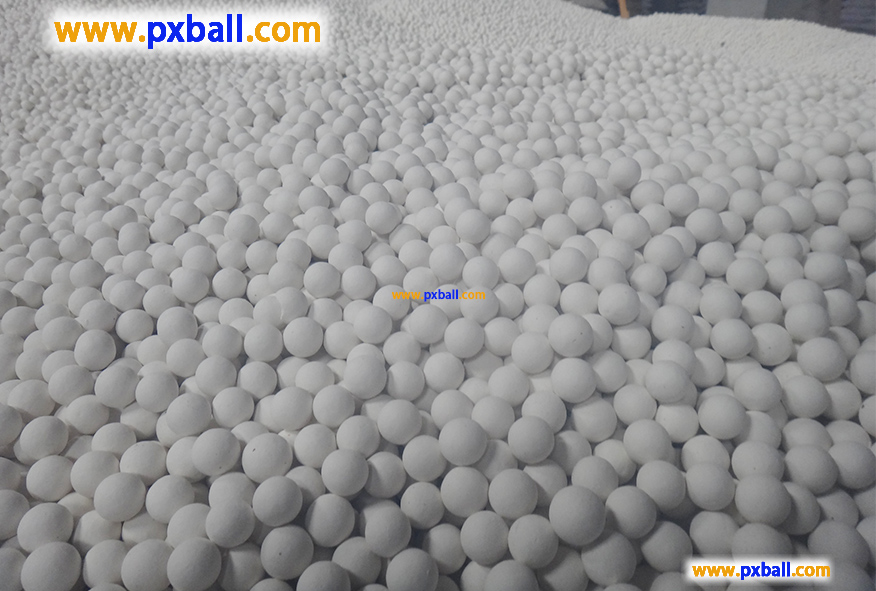
Catalyst Inert Ceramic Packing Process
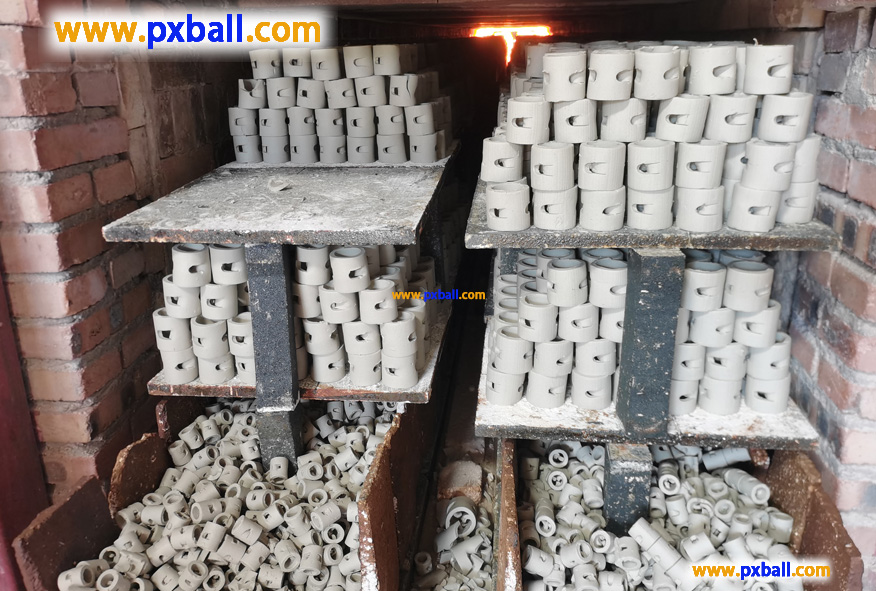
Is ceramic an inert waste?
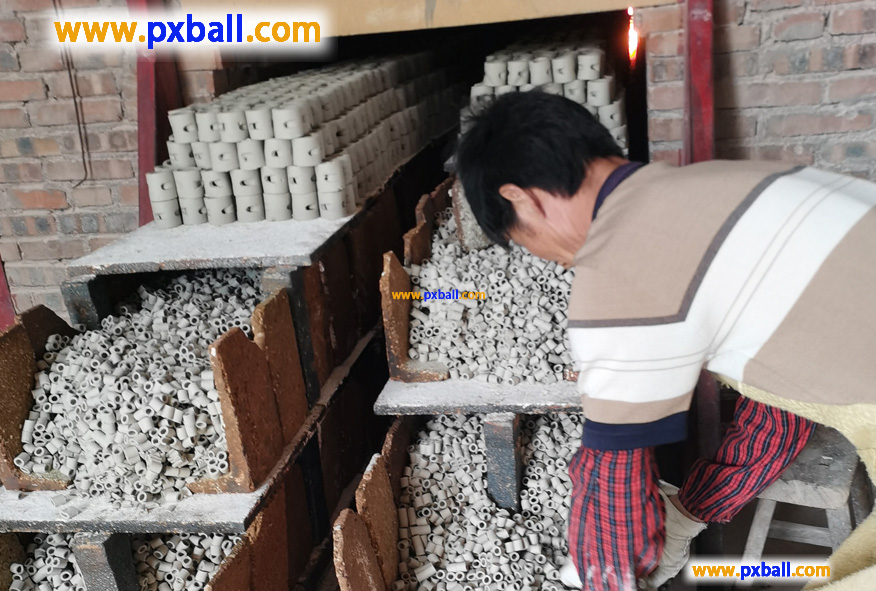
Are ceramics chemically inert?
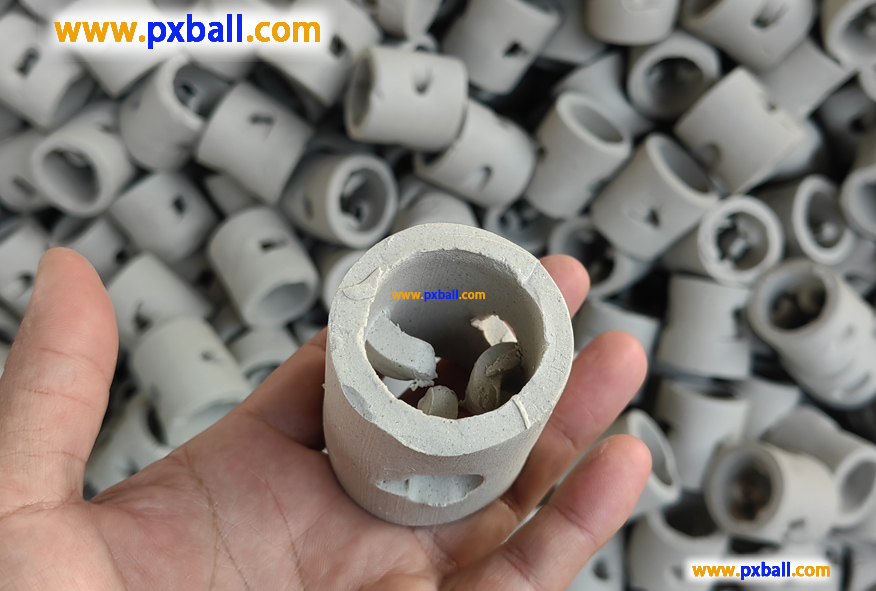
What is inert ceramics?

inert alumina ceramic ball density

Why do inert ceramic balls emphasize the level of aluminium content?
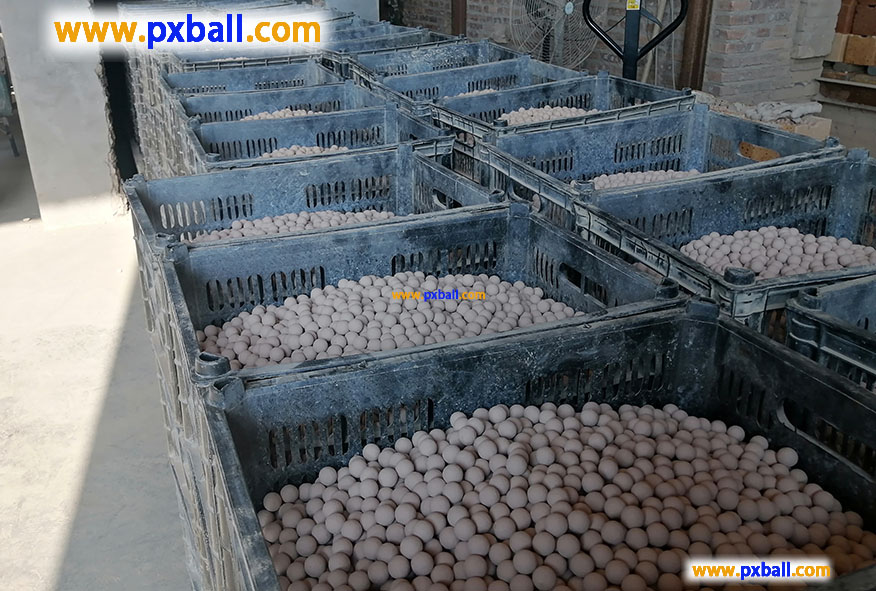
What are alumina ceramic balls used for?
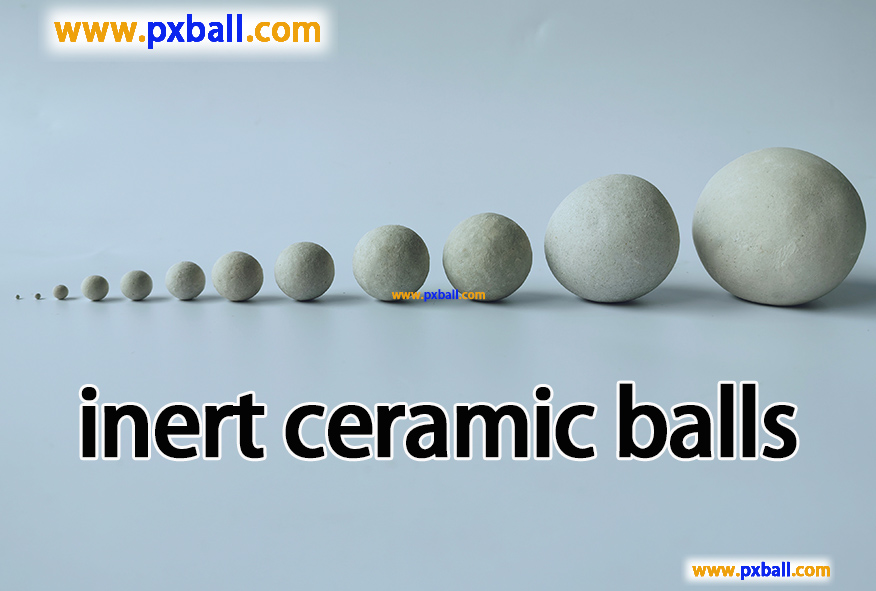
What is inert ceramic ball?